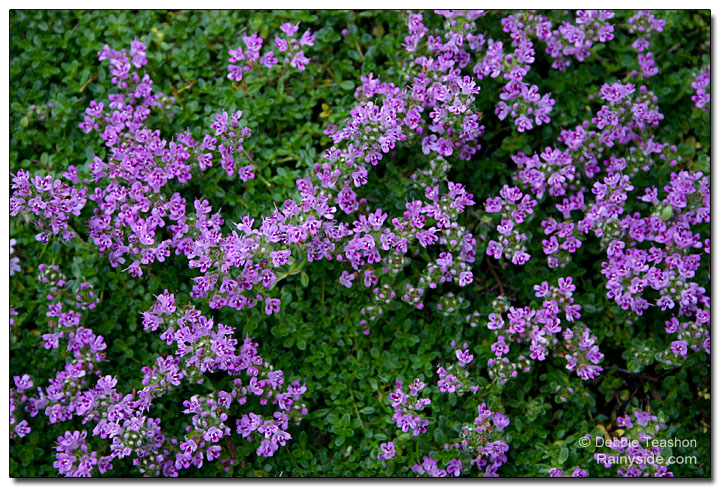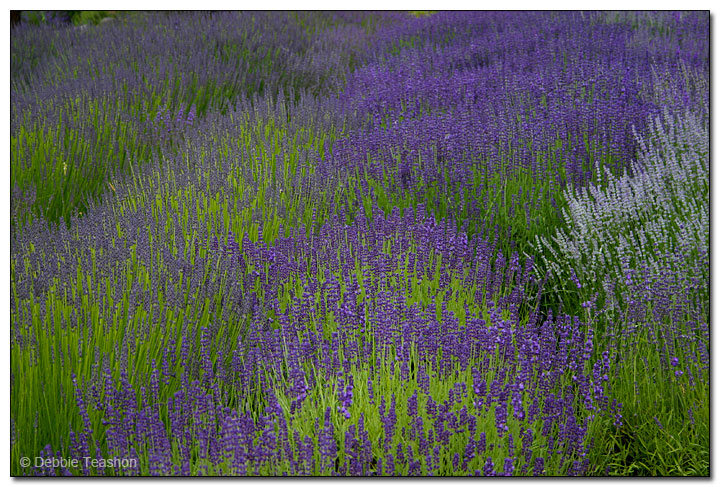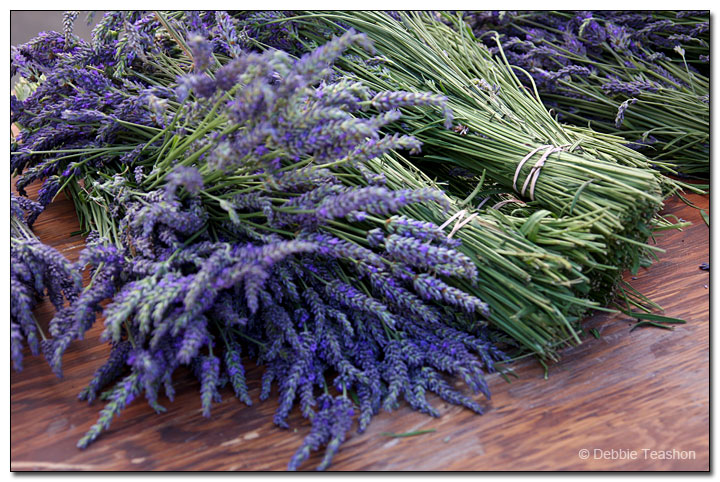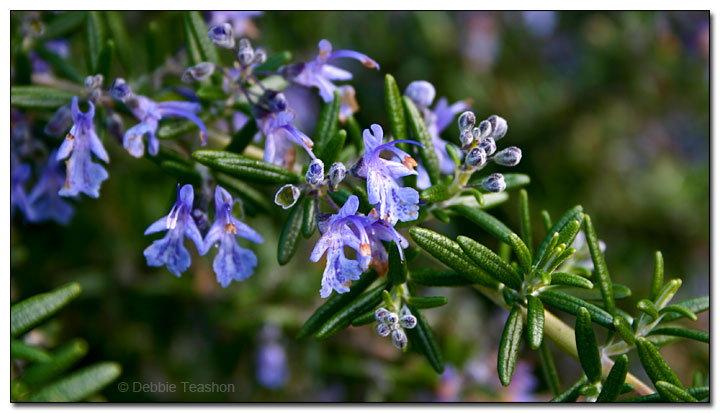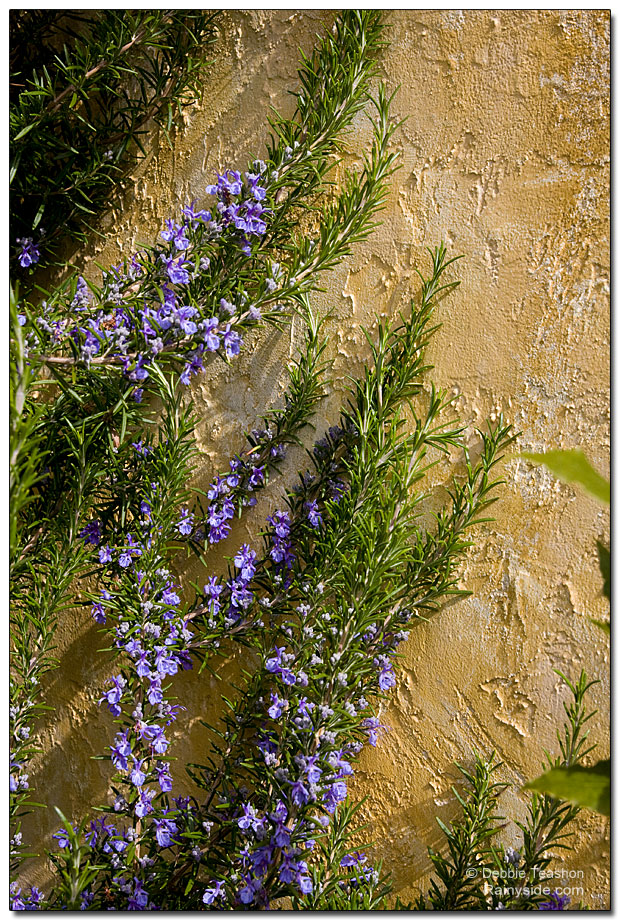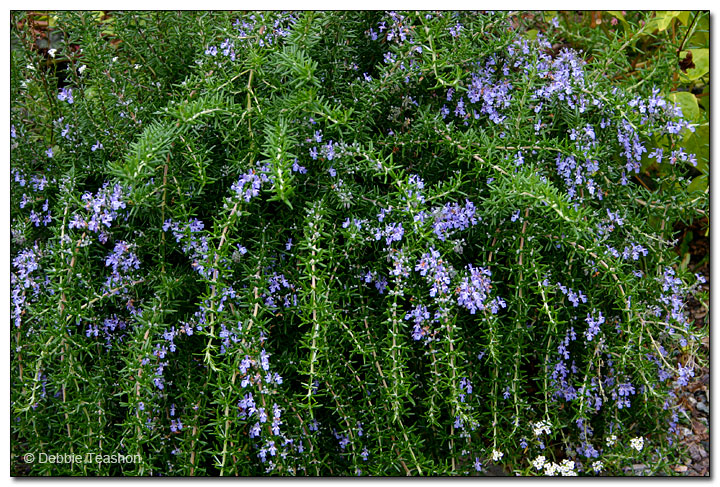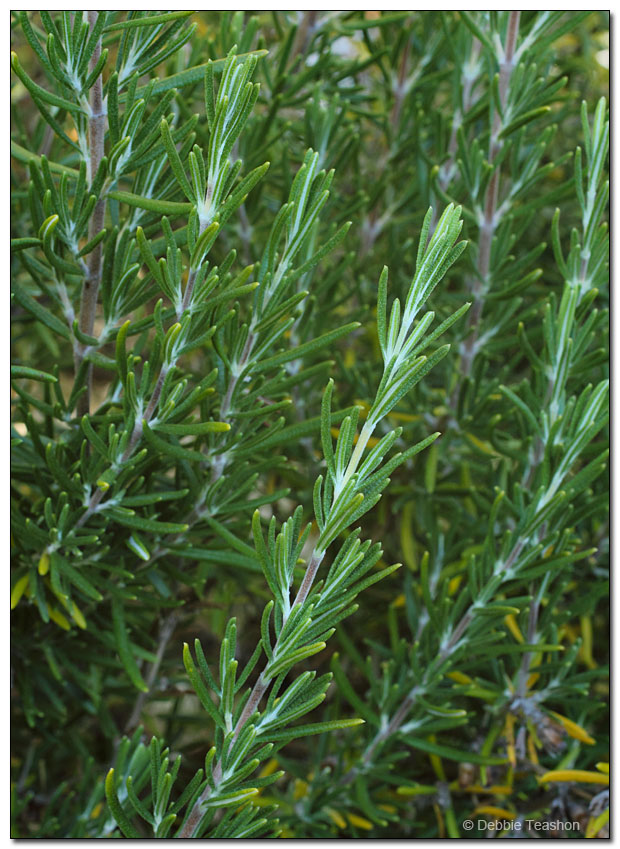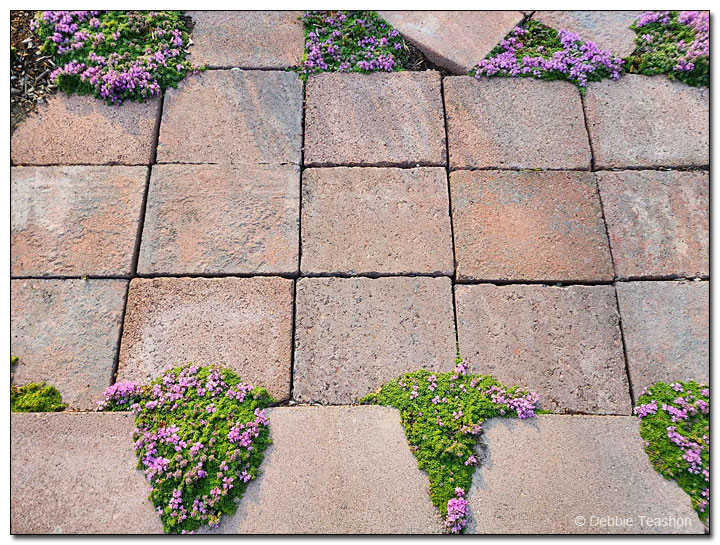A few herbs — a little spice — a little lore
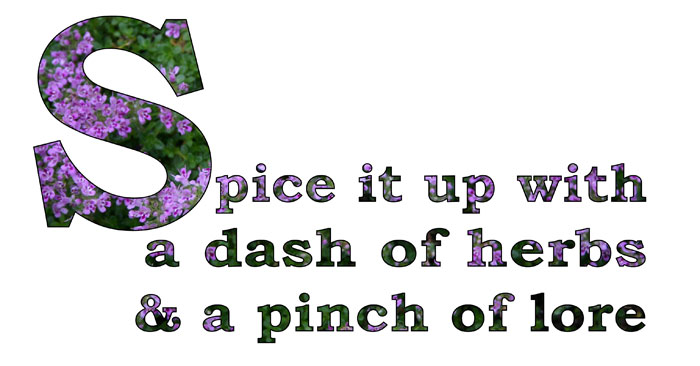
Imagine life without spice — boring! Indeed, those little bottles of dried herbs you line up in the kitchen and reach for when you cook add flavor to your life. Try cooking without a pinch of this or a dash of that.
Herbs are the spice of life. They make the skin glow, and the food tastes fantastic. Their lore and history are life-enriching.
What could be spicier than growing your herbs? You may already grow them in your garden, yet you may not know the stories they can tell, the wounds they heal, and the tastes or aromas you have yet discovered.
Herbs have been the heart of medicine for thousands of years. China had over a thousand herbal remedies written down over 5,000 years ago.
If you have never grown them, herbs are great plants for the beginning gardener and much loved by many well-seasoned gardeners. Many herbs have aromatic leaves that deer will not eat, which makes them valuable plants in deer country.
Grow most of your herbs in full sun, in lean and well-drained soil. Fertilizing them will make them less flavorful.
Here are a few herbs you can grow in the garden. All three will grow well in containers or on the ground. Do not skimp on the potting soil. Buy an excellent organic mix to house your plants. Every year, refresh the pot by top-dressing with compost in the spring. Keep your containers off the ground so that air circulates under them.
Thyme
Thyme’s botanical name, Thymus, originates from the Greek word thumos, which means courage. Greeks used the herb as incense in the temples of their gods. If someone said you smelled of thyme, it was a compliment.
When adding a fresh sprig of thyme to your next culinary dish, do not think about how the Egyptians used thyme. They believed that if someone came into the house with a thyme sprig, anyone ill would die within three days. Egyptians also used the oil of thyme for embalming.
On a lighter note, the Romans used thyme as a powerful disinfectant. Pliny the Elder — a Roman author, naturalist and natural philosopher — said burning thyme “puts to flight all venomous creatures.” Meanwhile, back in Greece, the Greeks marinated sprigs of thyme in wine for an aphrodisiac.
Fast-forward to medieval times when the British believed the herb had magical properties. Drinking a potion infused with thyme would help you see fairies. If someone did see fairies, the phenomenon most likely had more to do with the alcohol content of the drink than the infusion of thyme.
In the garden, culinary thyme (Thymus vulgaris) is a bushy, shrub-like perennial. Cultivars like T. ‘Silver Posie’ have evergreen leaves with white margins and pink flowers. A walkway lined with these evergreen plants looks excellent every season.
Use fresh or dried; the herb is at its peak flavor just before blooming. Harvest, then hang dry or screen dry for culinary and craft use.
Use culinary thyme in sauces, vinegar, and herb butter. Low-growing, ground-covering creeping thyme such as Thymus serpyllum ‘Elfin’ is used to make small tussie-mussies or to craft small wreaths.
Lavender
English lavender (Lavandula angustifolia) is the go-to plant for culinary use. Other species of lavender are not suitable for consumption. Planting 3 feet apart en masse creates soft mounds of gray texture, except in early spring when the new leaves emerge green.
Lavender, a native to the western Mediterranean’s mountainous region, is a perfect plant to grow in the local Mediterranean-type climate of dry summers and wet winters.
Lavandula’s name, derived from the Latin word lavarre, means to wash. Romans used lavender in their bath water for its healing properties and fragrance.
Lavender became a popular strewing herb. When hung from rafters, the fragrance repelled flies and mosquitoes. The same scent repelled moths when tucked into linens.
Lavender was one of the many herbs used to make gruit — an herb beer brewed centuries ago before hops became the plant of choice. The herbs varied in recipes for gruit, usually chosen by what grew locally. Today, beer drinkers enjoy the re-emergence of craft beer, including those made with fruit, lavender, or other herbs.
If you want to know more about gruit, I wrote about herb beers in my book Gardening for the Homebrewer.
Lavandula was recognized long ago for its antiseptic and disinfectant qualities, and modern research proves that many of its medicinal properties hold up scientifically. The essential oil kills many bacteria, including streptococcus, typhoid, and diphtheria, to name a few.
Because of its tranquilizing effect, lavender is prescribed for headaches and insomnia. This herb has far more medicinal uses than room to list, and the average person can easily make many herbal concoctions from homegrown plants.
Lavandula angustifolia ‘Royal Velvet’ is among the most beautiful English lavender cultivars. Its slightly lax form is attractive in the garden. Next to other lavenders, it sets itself apart with its vibrant, deep-purple flowers. Flowers bloom on long stems, making it a choice cut-flower: dried or fresh. It is highly aromatic, a great oil producer, and excellent for culinary uses.
Another cultivar, L.’ Tucker’s Early,’ is one of the earliest English lavenders to bloom and the latest one to finish. Like ‘Royal Velvet,’ this cultivar has long flower stems and dark, velvet-like flowers and is highly recommended for the lavender garden.
West Puget Sound is a great place to grow fields of lavender. Lavender is another deer-resistant herb for a home garden plagued by them.
The secret to growing great lavender is simple. Grow the herb in full sun and lean, well-drained soil, and prune them after the flowers finish. Unless you like the sprawling, woody shrub looks, many people replace their plants every four to five years. Fertilize once in spring and keep the soil lean. The only other time to fertilize is planting time.
It is easy to root cuttings in sterile seed soil. You can buy a few plants initially and increase your plants with cuttings. Try to propagate lavender, as it is inexpensive to replace them as they age.
Rosemary
Do you think of the song “Scarborough Fair” when you hear one of the herbs mentioned in the lyrics? The parsley, sage, rosemary, and thyme line was made famous in 1966 by Simon and Garfunkel. Yet the song is an old English ballad about two separated lovers who request each other perform impossible tasks.
They agreed to become a couple again when they completed the impossible-to-complete tasks. The line about herbs may be about the Black Death that hit Europe in the 14th century. Back then, people believed the fragrant herbs would protect them from the vapors they thought carried the disease. Thankfully, we do not worry about the Black Death today, but we can enjoy the symbolic meanings of the four herbs mentioned in the song.
Aphrodite gave the world the gift of rosemary, and since she was the goddess of love and beauty, the herb is associated with love. There is also a connection to death. There is a famous line in Hamlet where Ophelia says, “There’s rosemary, that’s for remembrance.” However, you never wanted to dream about the herb because it meant the death of a loved one. The plant is a tug-of-war of associations: love and vitality vs. death.
The Latin Rosmarinus used in common and botanical names means dew of the sea, about rosemary growing within reach of the sea spray.
Rosemary is an intensely aromatic herb, celebrated in the kitchen and beautiful in a landscape. Trailing or upright shrubs lend a fine texture to any space with their needle-like leaves and small, blue flowers. Rub the leaves on your hands, and its refreshing fragrance lingers for hours.
A popular culinary delight is rosemary chicken grilled on the barbecue. The herb adds flavoring to soup, stew, vegetables, and meat dishes.
Originally written for West Sound Magazine (May/June Issue 2018).


